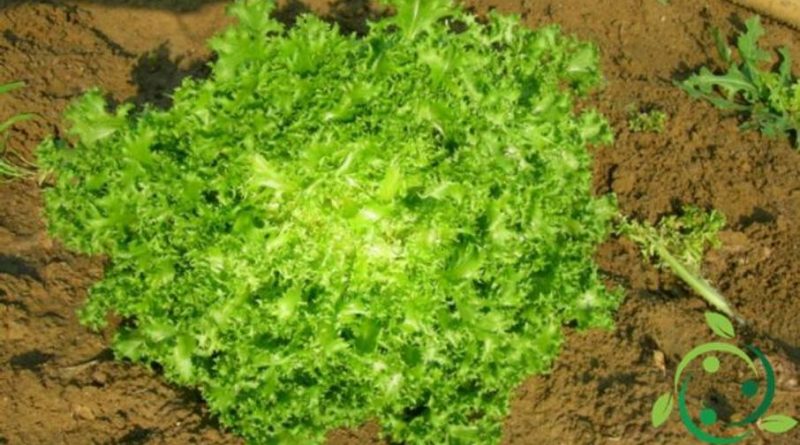How to grow organic endive
How to grow organic endive
Endive (Cichorium endivia L.) also called escarole, is an edible plant that is easy to grow both in the family gardens and at the farm level. With this term, however, both endive escarole and curly endive are indicated. For their cultivation remember that they are annual cycle, quite resistant to cold but not to frost when they are in the initial phase of development.
The soil on which to plant the endives should preferably be of medium dough, with good drainage, with pH around 6-7.5 well endowed with organic substance (if you want lush vegetation).
Endive must find soft ground and then either worked on time in spring, when the organic substance is also added (mature manure or compost) and with a second processing such as milling or hoeing (depending on the extension), except that do not find already prepared soil, as a cultivation interlayer after tomatoes, peas, beans, green beans, etc .. We recommend then a further light processing before sowing to eliminate any weeds, in this case we recommend sowing in the summer from July until the end of August and even more in climates with milder winters, or if it does not follow any cultivation also from the month of March onwards (taking into account that from the sowing to the harvest pass 3-4 months).
The sowing can be done preliminarily in a seedbed with transplanting spaced rows of 30-50 cm and 30 cm between the plants. Interesting is the possibility to associate the endive with chicory and leeks, while it is better to keep it away from cabbage and fennel. In this case, double rows are made with the same distance between rows and 30 cm alternating between the two associated species. Immediately after the transplanting, a first irrigation is carried out and then it must never be without exaggeration, but without keeping the plant too dry. Interesting is then the technique of mulching with straw or foliage that prevents the growth of weeds and decreases the evaporation of the soil, otherwise periodically you will have to weed the soil. For lovers of the lunar phases we remember that the transplant is carried out in the first week of the crescent moon.
With the endives the bleaching technique can be carried out; in this case before harvesting to make the leaves of endive more tender, crisp and less bitter; to do this we choose a sunny or windy day, so that the leaves are completely dry and tie them with a string that is not too tight; at this point we cover the tuft with an overturned terracotta pot by plugging the drainage hole with cardboard or a piece of brick; after about a week the hearts of the endives will be white and ready for the table. Also remember that once harvested it is advisable to consume the endive immediately, because the leaves tend to harden immediately.
As for the parasites, snails are feared because they feed on the leaves, while among the insects that affect the endive we remember: Siphonophora sonchi, Aphid poppy, Aphis lactucae, while among the cryptogamic: Bremia lactucae, Erysiphe cichoracearum, Sclerotinia sclerotiorum . It is good to operate since the seedlings are small with nettle macerate which gives the plant a great resistance and above all an additional nutritional intake.

